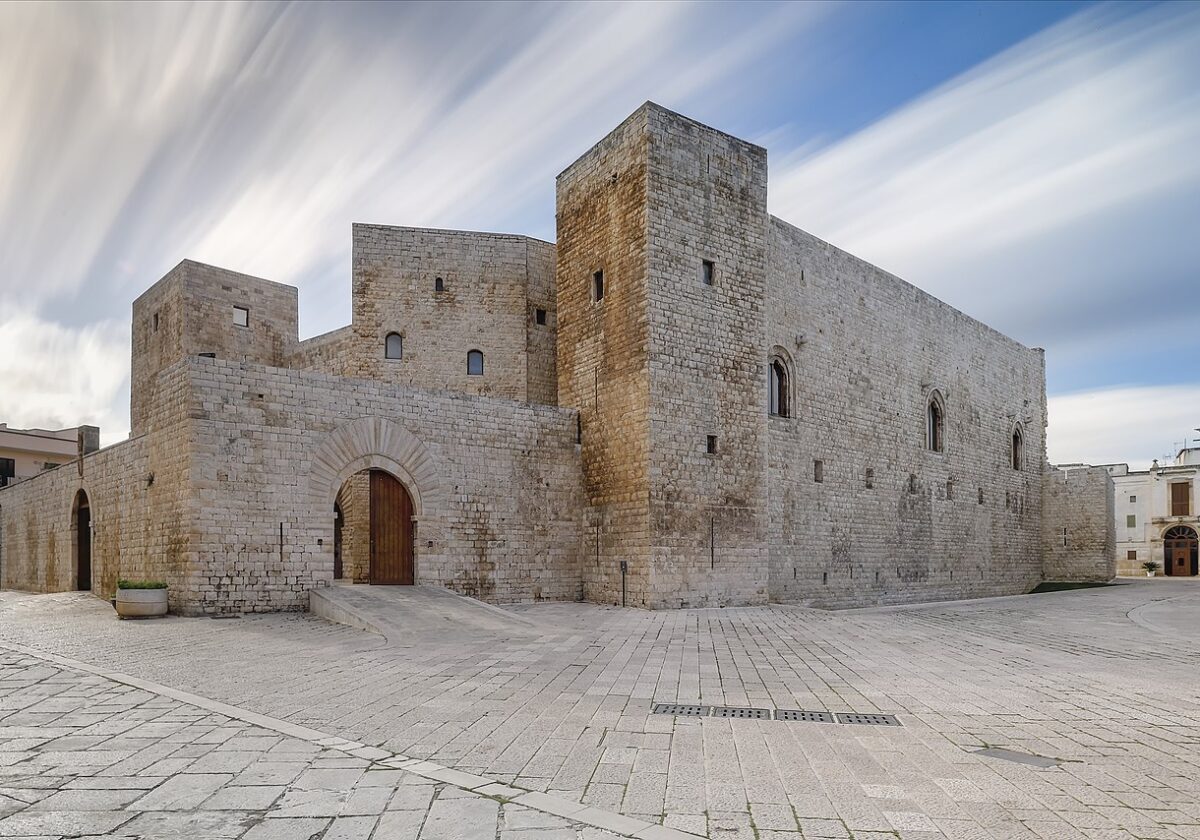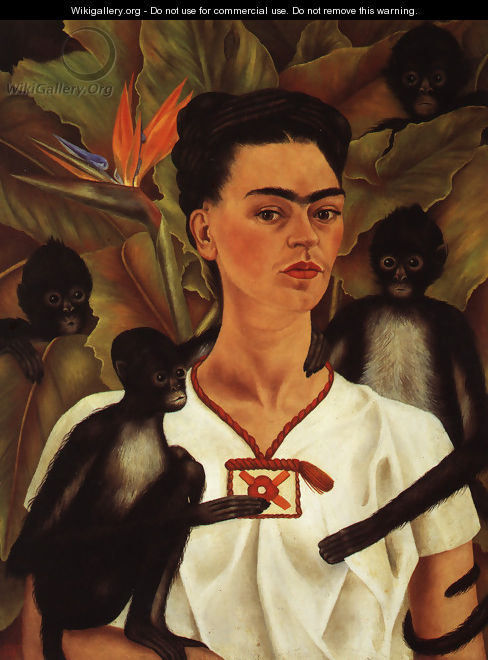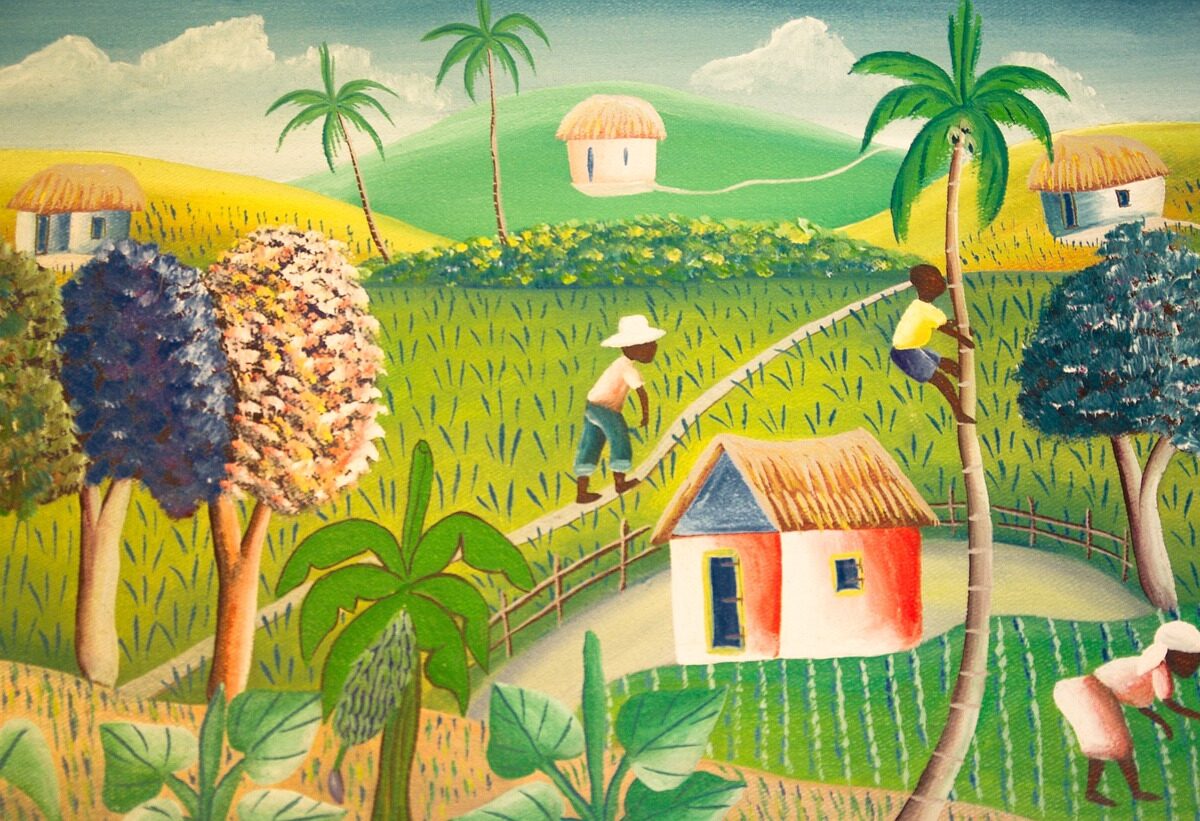Professor Calls Attention to Emergence of Hispanic Literature
Expanding the Literary Canon
Hispanic literature is growing in popularity, and scholars would like to see it better incorporated into high school, college curriculms. (via Diverse Issues in Higher Education)
For most college students, literature courses began in high school and consisted almost entirely of the classics of America and Western Europe. But English professor Norma E. Cantú says the emergence of Hispanic literature and its growing popularity on college campuses around the country — and the world — is proof that American literature is expanding and making room for the diverse cultures that make up this country.“American literature has been growing since the beginning,” says Cantú, who teaches at the University of Texas at San Antonio
“[Herman] Melville and others entered the canon where traditionally there were only British writers. Then the canon expanded to include African-American writers and more.”Although Hispanic literature isn’t new, it has generally been left out of world literature courses, says Cantú. “Since the 1930s, there were writers being published, not by New York presses but by smaller presses.” she says.
Dr. Louis Mendoza, chair of the Chicano studies department at the University of Minnesota, says high schools and universities have a role to play in exposing students to diverse types of literature.“We want kids who are better writers, who are able to express themselves, and when they enter college, it shouldn’t be the first time they have been exposed to this,” he says. “I was 25 the first time I was exposed to Hispanic literature.
It changed my life and became my life’s calling. And that was very sad that it happened so late.”Cantú says American literature has evolved and will continue to evolve as writers from different ethnic groups emerge on the literary scene. But she would like to see this shift, for example, reflected on the GRE’s English exam.“There are some African-American writers represented there, but no Chicanos,” she says.
“It’s a continuous struggle to expand that canon and get equal time and equal space.”A Long Time ComingCantú says the civil rights movement helped bring new styles of literature into the mainstream, pointing to the current popularity of East Indian, Iranian and Vietnamese writers as examples. But, she says, it was Black and Hispanic writers who opened the door for the others.Mendoza agrees, adding that both groups used literature during the civil rights movement, “as a cultural weapon and as a source of affirmation and cultural celebration.”
The next big leap came with the multicultural movement of the 1980s and ’90s, which prompted colleges and universities to begin recognizing the gaps in their curriculums.In his 2003 nonfiction book, Crossing Into America, Mendoza examines the political event that he says set the stage for the multicultural movement and other social changes. In 1965, the U.S. Congress voted to repeal the immigration restrictions of the 1924 National Origins Act. The federal law had long discriminated against people from Latin America and Asia, giving immigration preference to well-educated and well-funded Europeans.
The repeal of the quotas meant Latin Americans and Asians were free to enter the United States in large numbers for the first time.“The coming of those peoples created a layer base of people to produce that body of literature,” Mendoza says.Within the growing body of Hispanic literature is also older work by Hispanic writers, which must be recovered, Mendoza says. He specifically praises the work of Arte Público Press, which has been working to restore the literary history of American Hispanics.
Scholars across the country have been helping the Press with the “Recovering the U.S. Hispanic Literary Heritage Project,” uncovering the writings of Hispanic and Latino explorers, settlers and writers since the 1500s.In 2002, the Press published En Otra Voz: Antología de Literatura Espana de Los Estados Unidos (Herencia: The Anthology of Hispanic Literature in the United States, the English-language version, was published by Oxford University Press), the first comprehensive collection of Spanish-language literature from U.S. Hispanics.
The entries encompassed plays, poems, journals, fictional excerpts and articles, ranging from contemporary work all the way back to Spanish conquistador Cabeza de Vaca’s account of his journey to the New World. In all, En Otra Voz spans more than 300 years of Hispanic literature and includes writers from all major Hispanic ethnic groups.Cantú and Mendoza both say the reclamation work plays an important role in understanding the cultural identities of Hispanic groups. The early works also add to the body of American literature, they say.
“When I was a grad student at UT-Austin in the 1990s, two important books challenged our understanding of Hispanic literature,” Mendoza says. Written in the 1930s, the books had lain dormant for more than 60 years. He says the novels “challenged our understanding of community because the authors looked at racial issues in the 1930s and the unfair treatment of the Mexican community back then.”
The novels went unpublished possibly because publishers were uninterested or unconvinced of the books’ potential financial success, Mendoza says. Today, the majority of Hispanic literature is published by independent presses, though there has been some increase in interest among the mainstream presses in recent years.But as Hispanics solidify their position as the largest minority group in the country, some wonder whether large publishing companies are increasing their Hispanic literature proportionally.“
Mainstream publishers’ priorities lie with profits,” Mendoza says. “Independent presses play a significant role for new writers and experimental work, yet they don’t benefit, because they often introduce a new writer or work, and if it becomes popular, a bigger publisher picks them up. The [mainstream] publishing industry is still very selective about who they let in, but we are seeing more works published.”
The increase in publishing opportunities has also led to a rise in scholarship and teaching opportunities. At UT-San Antonio for instance, a new doctoral program is being offered in Hispanic literature.“It is pretty competitive to gain admission; there is more of a need for people trained in this area,” Cantú says. “Also, as the population of Hispanics and Latinos increase, there is more of a demand for this curriculum and this type of literature.“We are training professors for the next generation.
Many are retiring now that were teaching in the late 1960s and early ’70s. The demand for these courses was born from the activism of the Chicano movement,” she continues.But as the programs pop up on more campuses, the universities are wrestling with the question of where to place them. Do Hispanic literature programs belong in the English department or the Spanish department? So far, the answer is as diverse as Hispanic populations in America.The program at UT-San Antonio is housed in the English department, as are the programs at the University of Southern California and the University of Northern Colorado-Greeley.
New York University’s top-ranked program offers Latin American literature studies as part of its Latin studies program. And the University of Houston, the home of publisher Arte Público Press, houses its program in the Spanish department.In its early years, Mendoza says the program was often perceived as a regional study.
For example, Puerto Rican literature was seen as indigenous to New York, while Mexican literature was seen as indigenous to the Southwest. But as Hispanic groups have spread across the country, such regional designations no longer apply.
Mendoza is also quick to point out that the Hispanic community long predates the establishment of state, or in fact national, borders.Hispanic literature programs have expanded in recent years, now encompassing works by artists from the Caribbean, the Dominican Republic and Puerto Rico. And Cantú says the interest isn’t limited to states with large Hispanic populations, such as California, Florida, New York and Texas. She taught the subject at the University of Nebraska.Interest doesn’t stop in the United States.
Cantú says programs have found a niche in Europe. Hispanic literature conferences have been held in Holland, Spain, Turkey and even Siberia, she says.“One of the reasons it is so interesting for them is because we represent ‘mestizaje,’ as different cultures coming together.The same thing is happening for them in the European Union,” she says.
“It’s good for writers to see us, all writers, not just Hispanics and Latinos. I do readings across the country, and I can tell you there’s a hunger for our work and our words, and not just among students of color.”A Sampler of Hispanic LiteratureHispanic American literature, unlike Latin literature, focuses on life in the United States and is typically written in English, as told from the perspective of a specific Hispanic culture.
A sampling of writers who have contributed to this canon include Chicano American writers Rudolfo Anaya (Bless Me, Ultima), Sandra Cisneros (The House on Mango Street), Tomás Rivera (And the Earth Did Not Devour Him) and poets Jimmy Santiago Baca, Loma Dee Cervantes and Leroy V. Quintana. Writers with Caribbean backgrounds include Puerto Ricans Judith Ortiz Cofer (The Line of the Sun) and Ed Vega (Casualty Report), and poets Victor Hernandez Cruz, Miguel Algarin, and Sandra Maria Estevez. Cuban-American writers include Roberto G. Fernandez (Raining Backwards), Cristina Garcia (Dreaming in Cuban) and Oscar Hijuelos (The Mambo Kings Play Songs of Love).
Poets include Gustavo Perez Firmat, Ricardo Pau-Llosa, and Carolina Hospital. Julia Alvarez (How the Garcia Girls Lost Their Accents) writes from a Dominican-American perspective. Other writers include Colombian-American Jaime Manrique (Twilight at the Equator) and Guatemalan-American and Jewish-American Francisco Goldman (The Long Night of the White Chickens).
Link: http://www.diverseeducation.com/artman/publish/article_7131.shtml





